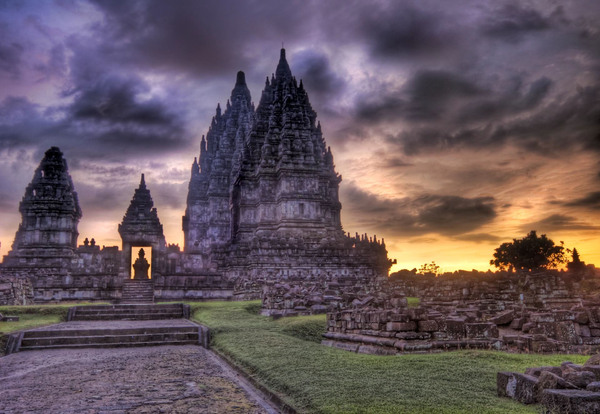
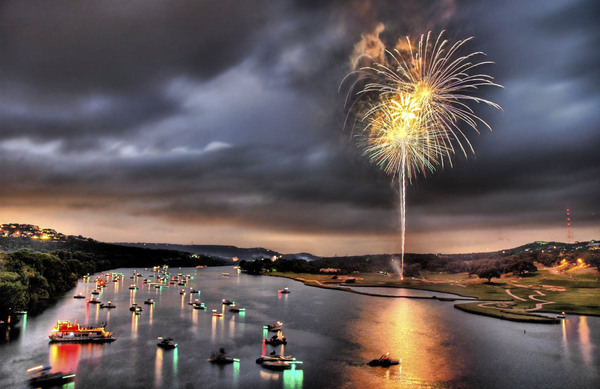
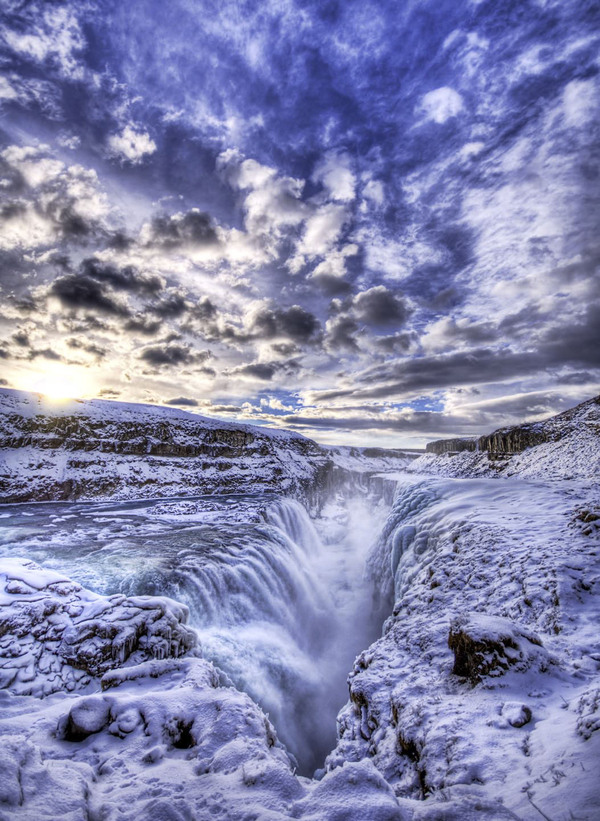
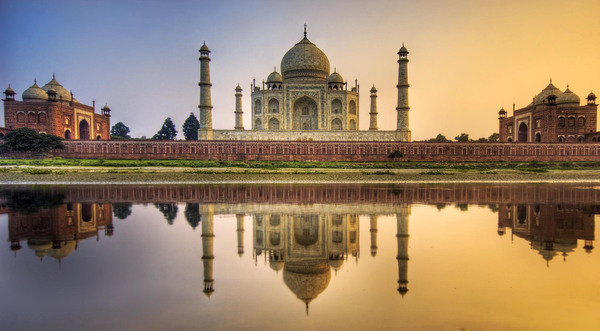
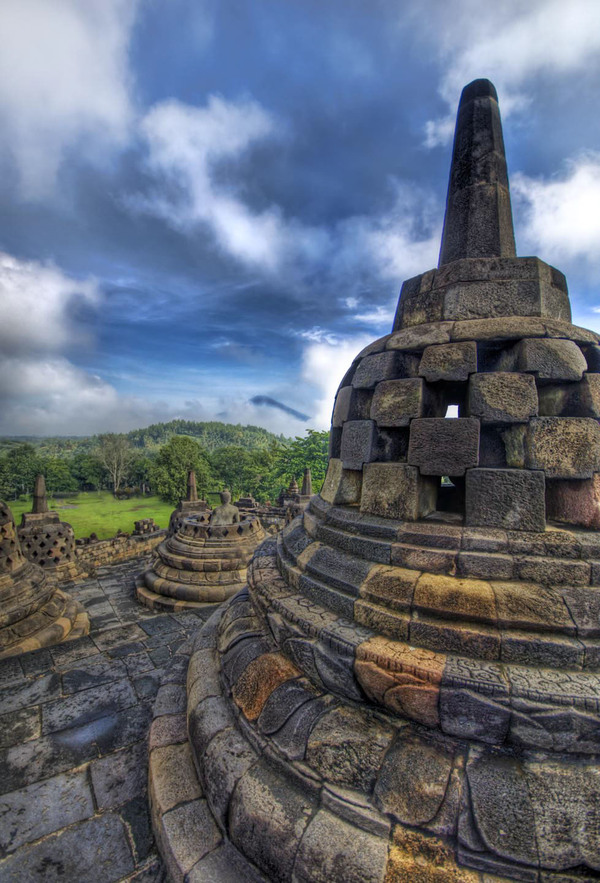

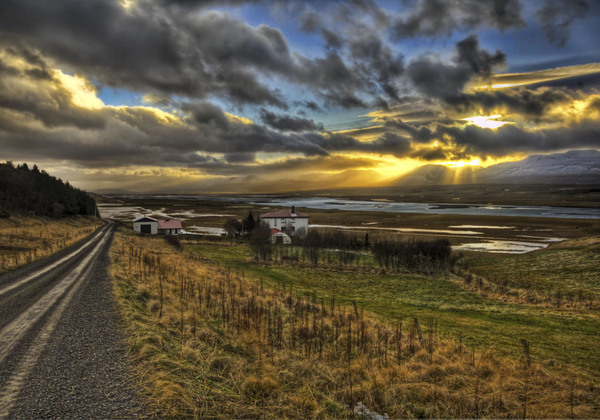
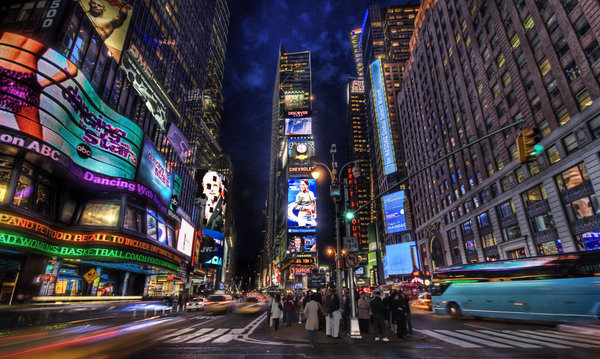
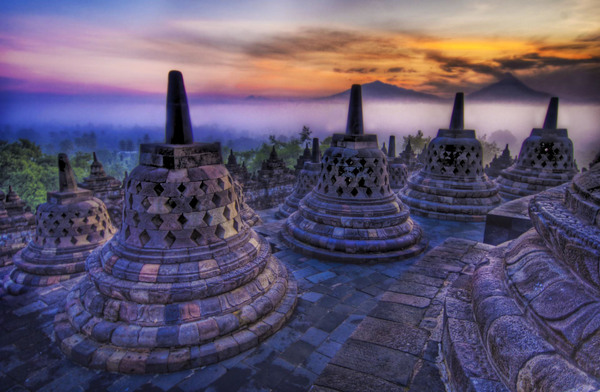
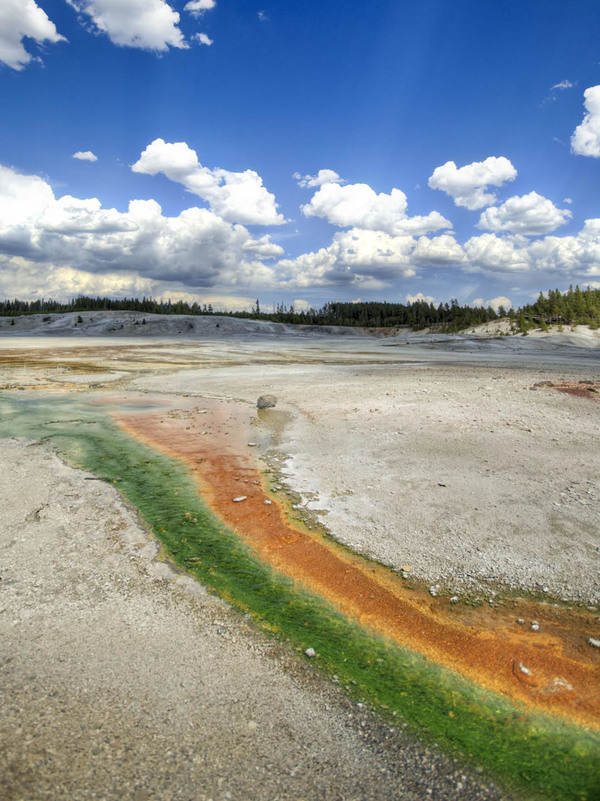
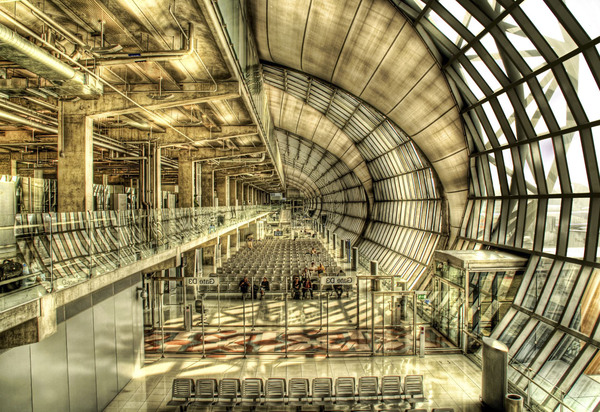
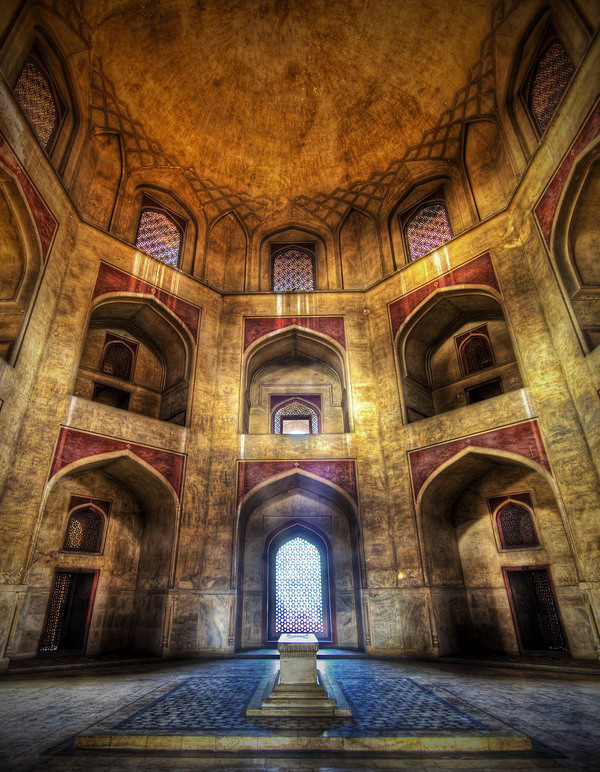
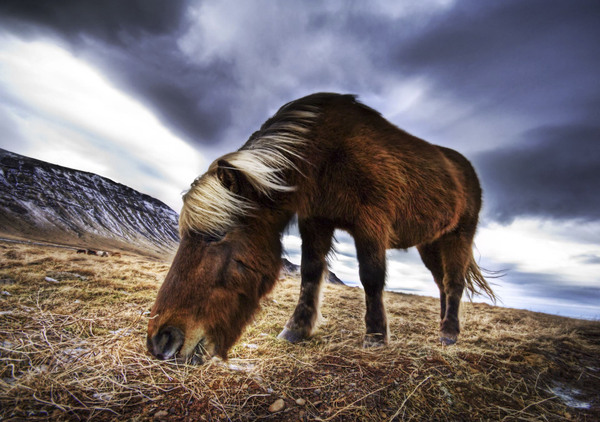
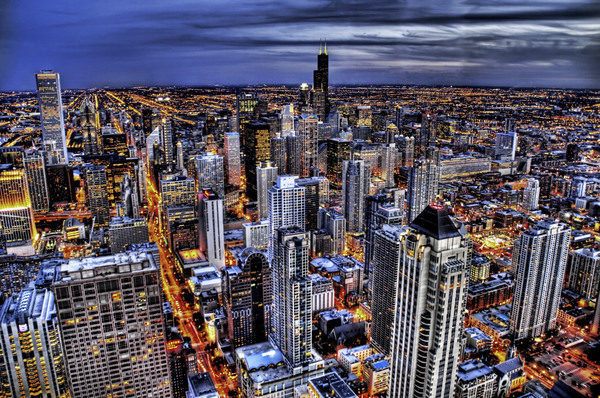
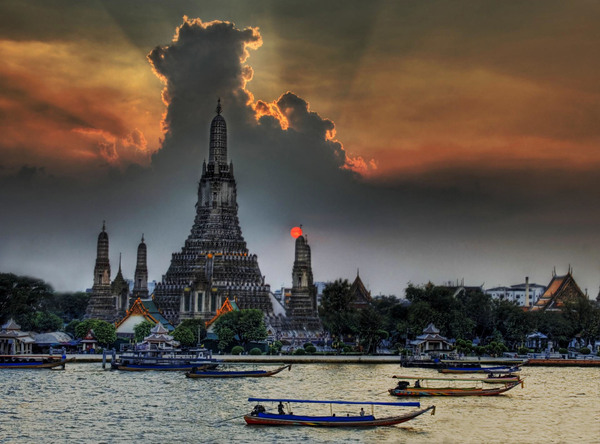

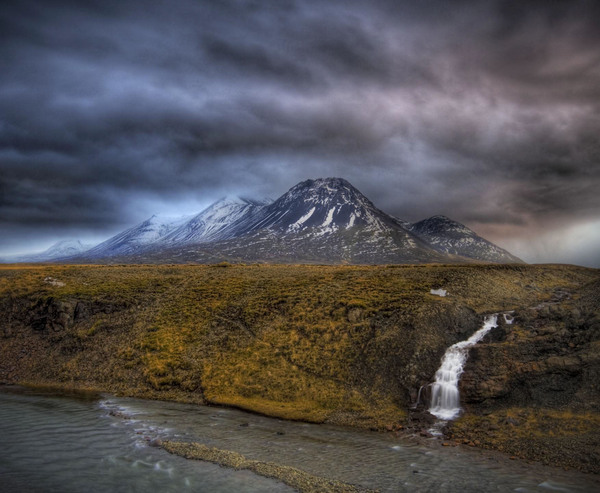
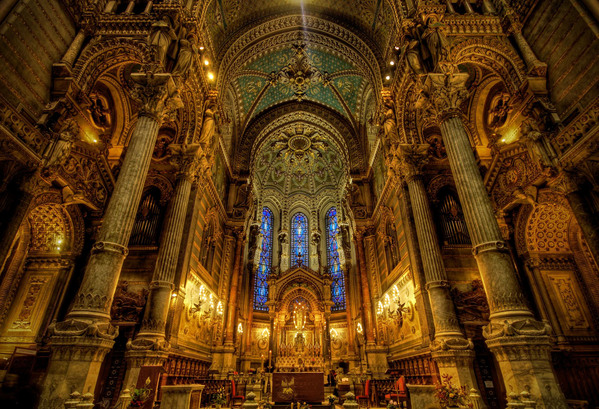
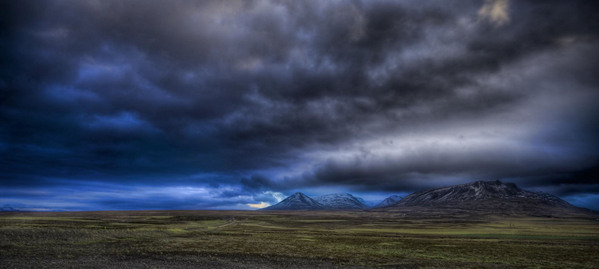
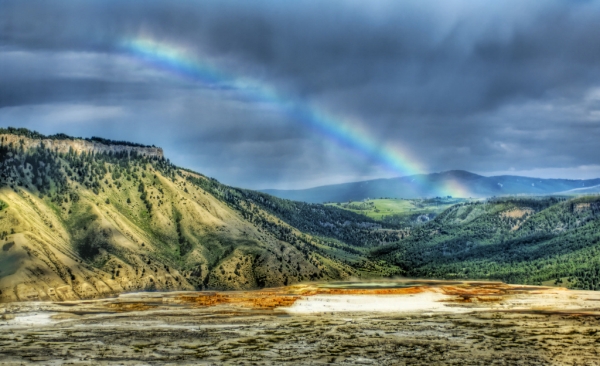

The Optimist, Kalahari Desert Namibia
“It is impossible to give a clear account of the world, but art can teach us to reproduce it - just as the world reproduces itself in the course of its eternal gyrations.” Albert Camus
Indeed, the world reproduces itself not only in the course of several gyrations, but at several different heights. At ground level, one can only imagine the sheer beauty of mountain ranges, deserts and deltas seen high up from NASA’s satellites. One can imagine - yes - however, they wouldn’t be quite prepared for the fact that from 400 miles away, the earth transforms into abstract art. The global landscape is impressionist, cubist and pointillist. Mother Nature is an abstract artist.
The images you see below were taken at the turn of the Millennium, when NASA’s scientists had a brilliant idea: to scan through 400,000 images taken by the Landsat 7 satellite and display only the most the most beautiful. A handful of the best were painstakingly chosen and then displayed at the Library of Congress in 2000.
We thought that it, in case you missed the exhibition, it would be amazing to dig up these images and provide some wallpapers for you to download. All images are used courtesy of NASA.

The rivers of this small country in West Africa, once known for its main economic activity – the slave trade – wash into the Atlantic Ocean, creating complex patterns of swirling silt below the surface of the shallow water.

Home to the largest zoological facility in Kansas, Garden City is known for its depiction in Truman Capote’s In Cold Blood.The croplands surrounding the city are irrigated by a vast underground aquifer, creating bands of bright red healthy vegetation that dot the image.

One of Canada’s most amazing arctic islands, it is ringed with steep limestone cliffs that rise high above sea level and its central plateau. Unsurprisingly, it is only accessible only by air, which is pretty ideal for its cliff nesting seabirds called Akpatoks (or Thick-billed Murres as we know them).

The Aleutian islands are an archipelago of over three hundred islands. They lie on the westernmost point of the united states on the pacific ring of fire. Once belonging to Russia, they were purchased along with Alaska by the Americans.
The color differences you see in this photo are probably due to the different temperatures of the water droplets.

The magnificent contours of the Mayn pass through the sparsely populated forest-tundra subzones of Chukotka, a region teeming with moss, lichen, dwarf shrubs, and sedge. Little else can survive in such harsh climes and the river itself is frozen for nine months of the year.

This image of the once vast carpet of rainforest in the Amazon basin is reminiscent of the cubist masters. Fanning out from the large blocks of land cleared by ranchers and loggers radiate arrangements of fields and farms, the remaining healthy vegetation appearing in bright red.

The image above is of the Anti-Atlas mountains, a 500km mountain range that forms part of the Atlas mountains. Located in Southern Morocco, the contrasts are absolutely astonishing: high peaks and river basins cover the area. There are a few Berber tribesmen living in the area. However, settlements are rare in this mountain realm, ruled by nature.

From afar, this could look like an abstract painting, however this spectacular satellite image is of the dunes of sand and seaweed, sculpted by the ocean currents. The fluted, underwater dunes are formed in much the same way as sand dunes in deserts.

During periods of sustained rainfall the lake fills with water, however for most of the year it exists as muddy marshland that, from the air, resembles the lyrical swirls of artists such as Jackson Pollock.

This great swathe of now dormant volcanoes lies on the border between Chile and the Catamarca province of Argentina and has glazed the surrounding area in a thick crust of magma roughly 2 miles (3.5 km) deep. The incredible palette of shades indicates both the age and mineral content of past lava flows.

The desolate plains of Coahuila are flanked by the Sierra Madre Mountains and make up part of the Chihuahuan Desert. Much of the province is arid and consists of basins broken by small mountain ranges and spectacular fissures in the earth.

These subtropical wetlands located at the southern tip of Florida are home to a breathtaking range of plants and wildlife, from the mangrove and cypress, to the wood stork and spoonbill. The lush scenery – formed over centuries by water, rock and fire – is constantly changing and is the only place in the world where crocodiles and alligators live side by side.

After flowing past the ancient city of Kolkata the sacred Ganges empties into the Bay of Bengal amidst the labyrinth of swamps and waterways that make up its expansive delta. In the surrounding forest live an array of rare and wonderful animals including the Bengal tiger and Indian python.

The oasis town of Ghadamis lies on the ancient Saharan caravan routes and is overlooked by the Tinrhet Hamada mountains. Through the town flows the seasonal river or wadi after which it is named. Although known during Roman times as an important watering point, here it appears only as a dry scar on the arid landscape.

A field of glaciers and enormous icebergs surround the freezing waters of Baffin Bay, bounded to the south and west by the Inuit islands of Baffin and Ellesmere. The bay lies 300 m (1000 ft) above the level of the massive Greenlandic ice cap, depressed by its own weight, and is home to a large number of Beluga whales that survive on the multitudes of small fish and crustaceans in its waters.

Konari is a small town, which lies within the Iranian Zagros Mountains - they make up Iran and Iraq’s largest mountain range and were formed by the collision of the Eurasian and Arabic plates.

Pillboxes and gun emplacements litter a former wetland, drained and now used as a staging area for military exercises just north of war-torn Basra. The settlement lay at the heart of the ancient Sumerian civilization and was the first city built after the emigration of Mohammad and his followers to the city of Medina in 622 A.D. – the year that marks the start of the Islamic calendar.

The tallest peak in Africa at 5,895 m (19,340 ft), Mount Kilimanjaro is the highest place on earth covered by mobile phone network. Its slopes are home to unique vegetation such as the water holding cabbage and a variety of microclimates are found amongst its peaks, including a permanent snow-capped summit. The border with Kenya can be seen in the upper portion of the image above the spectacular peaks of the Kilimanjaro range which appear like anthills from such great height.

The Dasht-e Kavir, or valley of desert, lies along the Iranian plateau and covers an area of over 77,000 km² (45,000 square miles). The extreme heat makes it impossible to cultivate the land and as a consequence, settlements are restricted to a few sparsely populated oases. What meager moisture lies beneath the surface of the mud is retained by a covering crust of salt that stops it from evaporating completely.

The Lena River is the tenth longest river in the world and its delta is the largest area of protected wilderness in Russia. Desolate frozen tundra for most of the year, every May the region is transformed into a lush wetland that becomes home to several species of rare Siberian wildlife for several months. The striking blue expanse above the coral-like delta is the freezing waters of the Arctic Ocean.

Winding ridges show the spectacular MacDonnell mountain range of the Northern Territory, a 650 km (400 mile) long series of mountain ranges located in the centre of Australia. The ranges are composed of many rock types, but are most famous for their beautiful red quartzite peaks and gorges, visible in the upper right.

Several glaciers spill onto the Gulf of Alaska to form the gentle ripples of the Malaspina, an ice field so large it can only be seen in its entirety from space. Its tongue, here shown in sky blue, flows from the stunning Saint Elias Mountains towards the sea, filling the plain, although at no point does it actually reach the icy water.

The dunes of the Kalahari encroach onto the once-fertile lands to the north, leaving remarkable striations across the land. Note the lone red dot of healthy vegetation at the centre of the image: it is the result of a man made irrigation system, evidence that at least one optimistic farmer continues to work the fields despite the approaching sand.

The delta of South America’s second longest river is located only 20 miles from one of the world’s largest cities, Buenos Aires. Known as a foremost bird-watching destination, its intricate spiders web of waterways and canals form a vital link between the towns and cities of the region. The striking contrast between dense forest and wetland marsh is clearly visible in the image along the banks of the dazzling blue river.
Deep rings in the ground near the Saharan town of Oudane mark a geological formation that resembles a bull’s eye or whirlpool. Its dramatic grooves are only entirely visible from a great altitude and although appearing to be the result of an impact crater, were formed when a volcanic dome hardened, gradually eroding to expose beautiful onion-like layers of rock.

Despite its name, the desert is an area largely devoid of sand, instead characterized by complex geological structures. Inhabited mainly by indigenous Australian communities, the glorious sheets of mottled color resemble Klimt’s famous paintings.

A small corner of the vast Great Sandy Desert that does have large sand dunes – the only sand in this desert of scrub and rock – the dunes are here visible as lines stretching across the image. The light-coloured fan shapes are scars from wildfires.

A stunning outcrop of black rock covered in swathes of shifting sand – only 10,000 years ago grass covered the region, today however these rocks are as prominent a feature as can be found within the exquisite sand dunes of the southern Sahara..

This extensive delta at the mouth of Volga is comprised of more than 500 channels and sustains the most productive fishing grounds in Eurasia. The delicate vein-like waterways flow into the dark expanses of the Caspian Sea, the largest body of enclosed water on the planet.

These magnificent swirling clouds are the result of a meteorological phenomenon known as the Karman vortex, a repeating pattern of spinning vortices caused by the unsteady separation of flow over bluff bodies. They appeared over AlexanderSelkirk Island in the southern Pacific Ocean – off the coast of Chile – rising voluptuously from the surrounding waters and creating a stunning spiral effect.